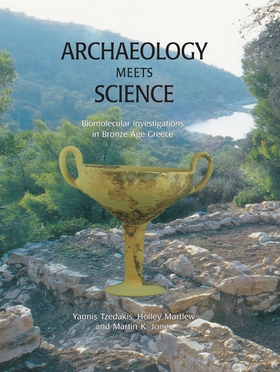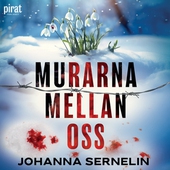
Lägg till önskelistan
Archaeology Meets Science e-bok
Pris
115 kr
The 'Archaeology meets Science' project is currently transforming our understanding of the Minoan and Mycenaean civilisations, through the in-depth application of state of the art scientific analyses to ceramic artefacts and skeletal material. This book is the fruit of this acclaimed research, which was carried out between 1997 and 2003, and presented in an exhibition in a number of museums across Europe and the United States, starting with the National Archaeological Museum in Athens. Moving...
E-Bok
115 kr
Pris
Förlag
Oxbow Books
Utgiven
15 Februari 2021
Längd
320 sidor
Genrer
Historia & Arkeologi, Fackböcker
Språk
English
Format
epub
Kopieringsskydd
Vattenmärkt
ISBN
9781782974543
The 'Archaeology meets Science' project is currently transforming our understanding of the Minoan and Mycenaean civilisations, through the in-depth application of state of the art scientific analyses to ceramic artefacts and skeletal material. This book is the fruit of this acclaimed research, which was carried out between 1997 and 2003, and presented in an exhibition in a number of museums across Europe and the United States, starting with the National Archaeological Museum in Athens. Moving beyond the standard archaeological format of illustrations with descriptions of contexts, the book analyses each object from the inside , and consequently each has a different story to tell. Organic residue and stable isotope analysis has extended our knowledge beyond anything previously gleaned through conventional archaeological research, and we now have a much better understanding of the food and drink consumed by ordinary people in Bronze Age Greece. There are some fascinating insights, such as the origin of modern Greek retsina, which was traced first to the time of Agamemnon, then to Crete in the 17th century BC and finally to the Early Minoan Period, c. 2000 BC. The book provides the primary scientific evidence on which the world renowned scientists who have carried out this work have based their conclusions.




